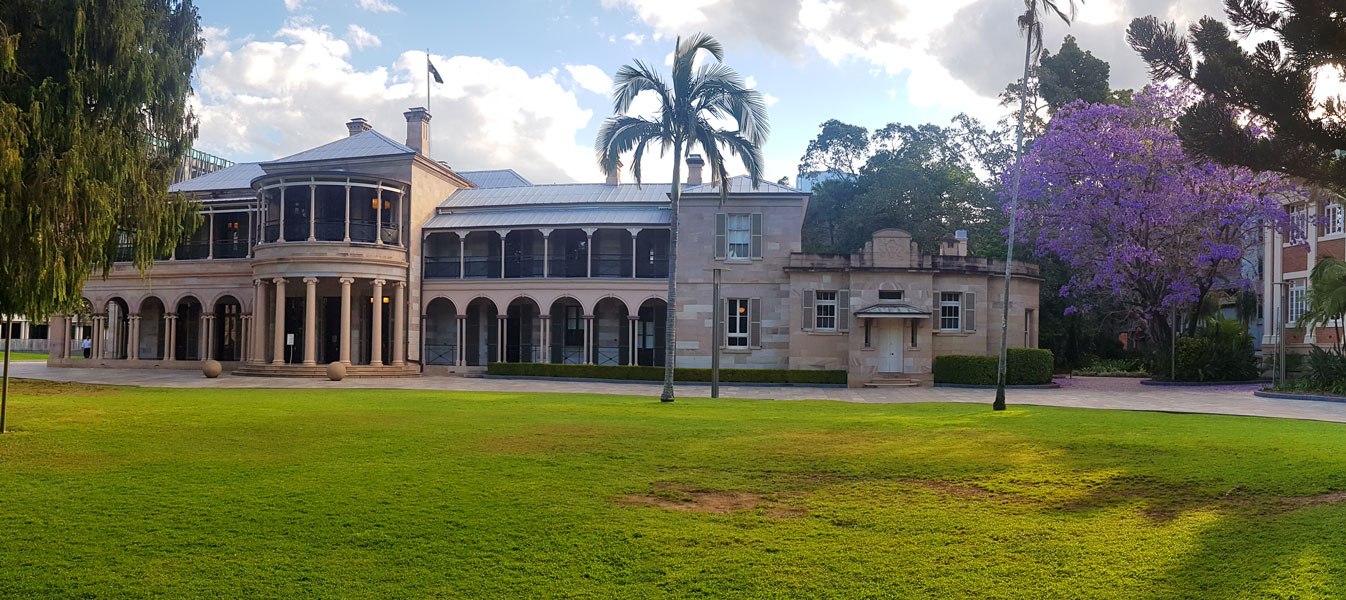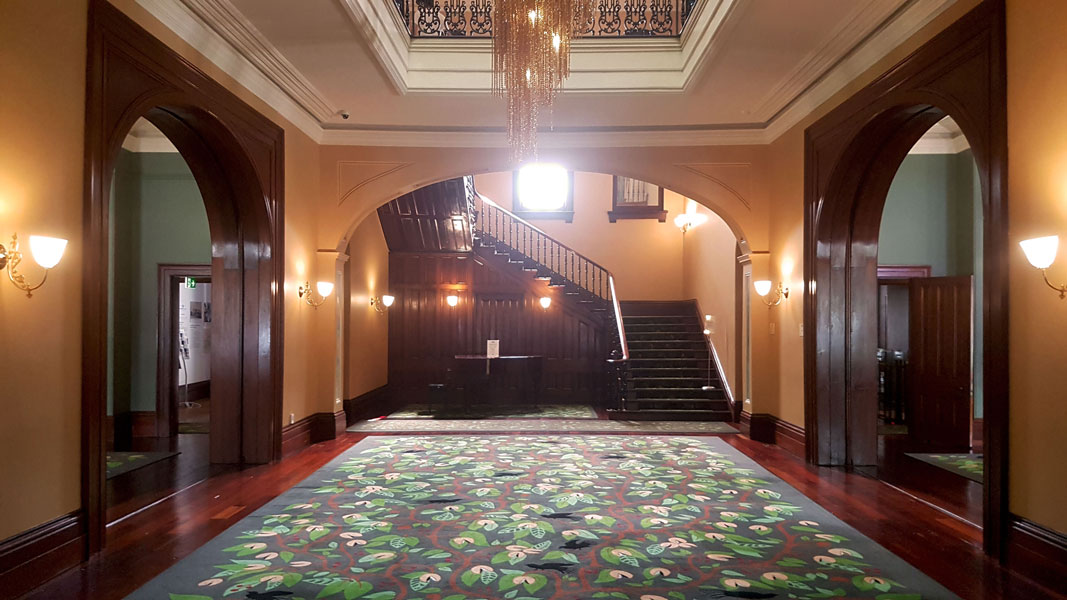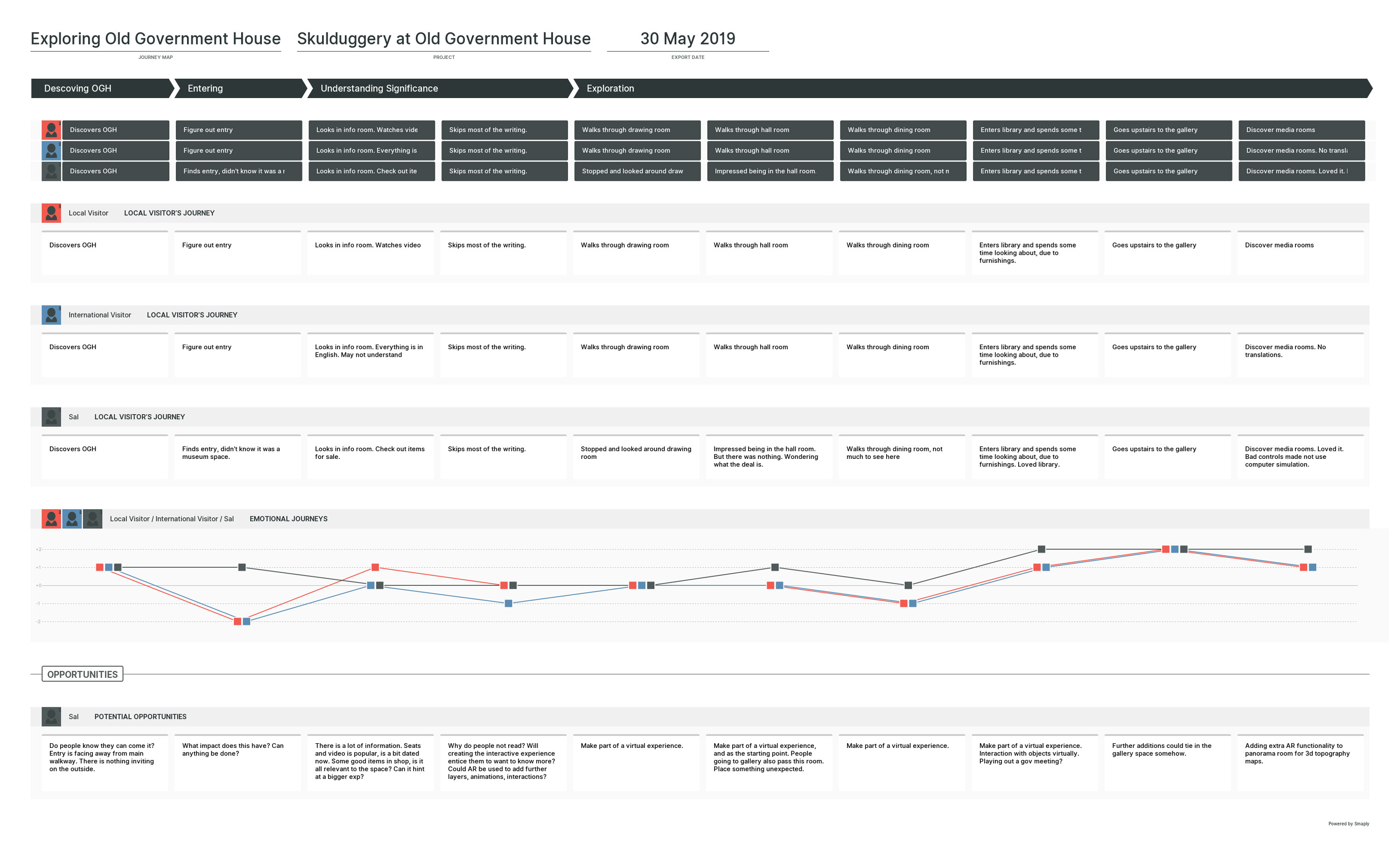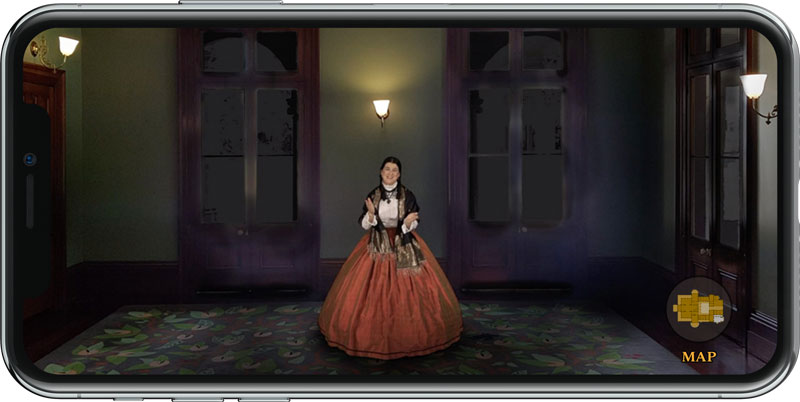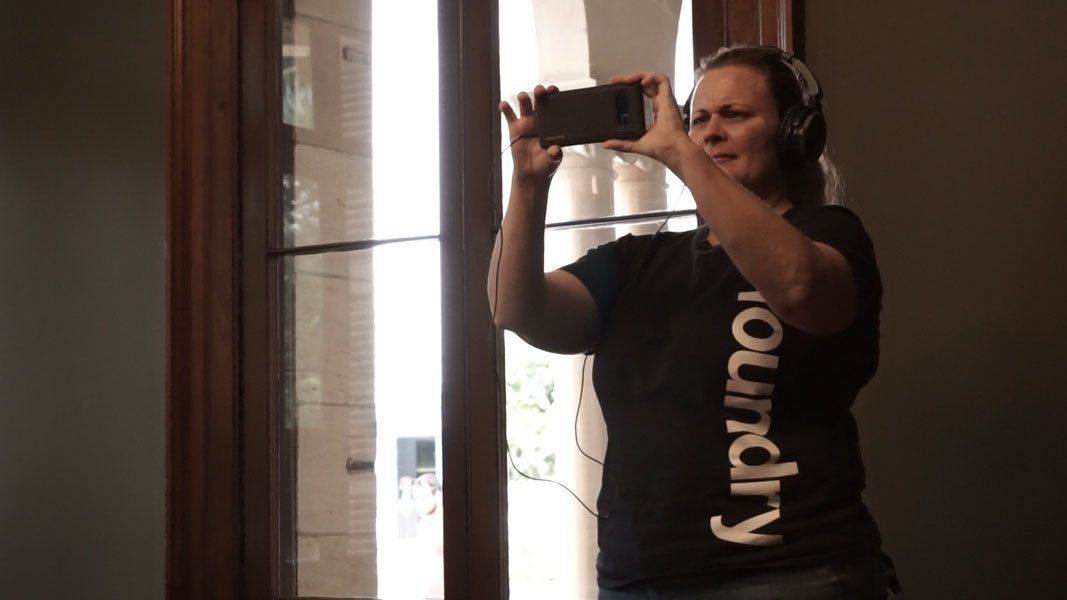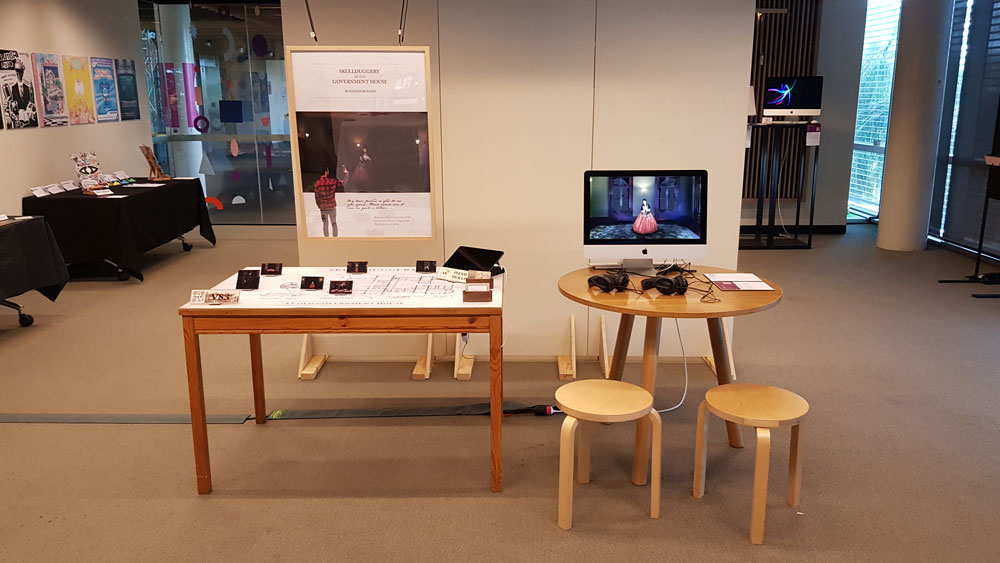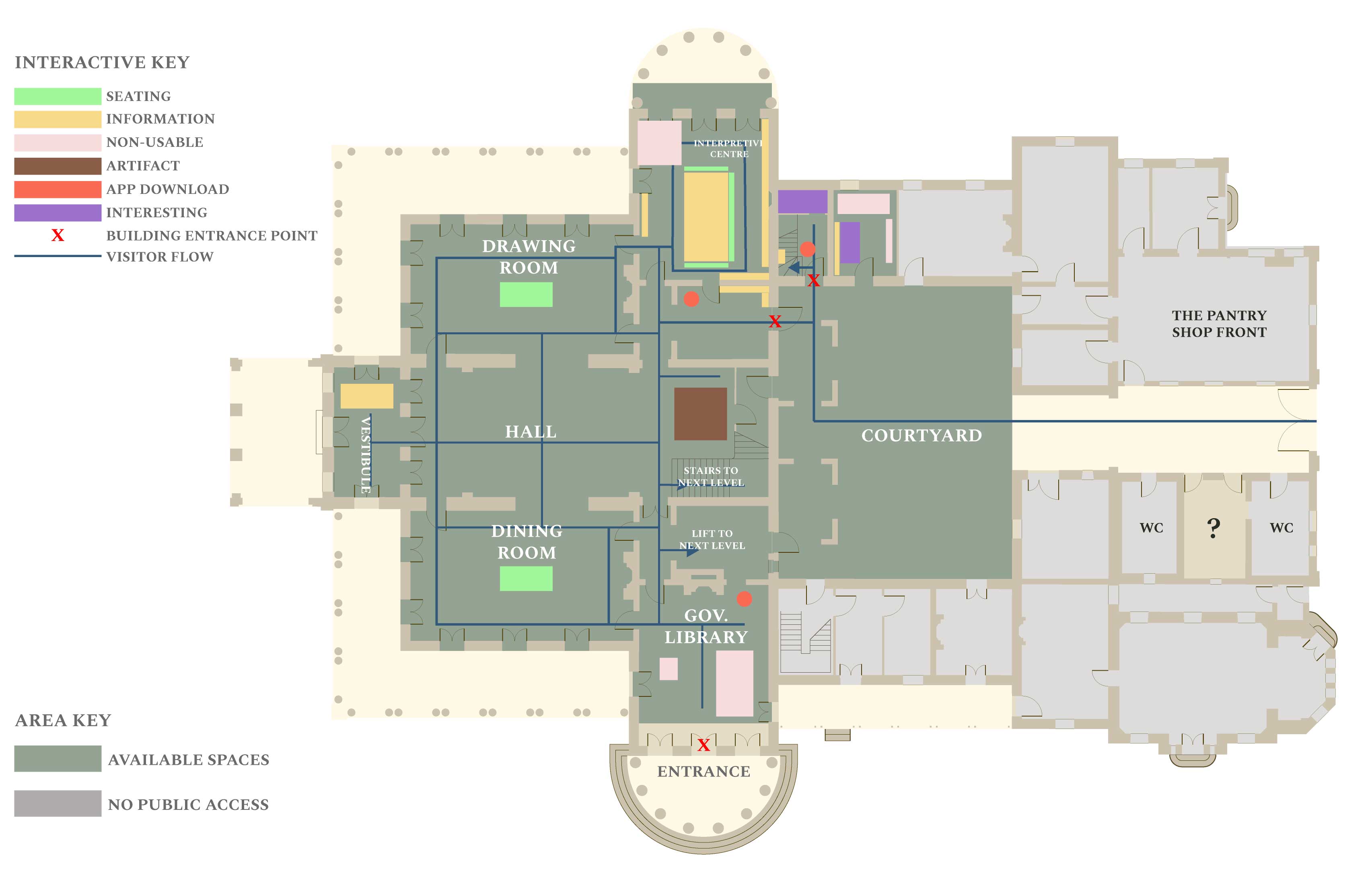Research
Combining design and art thinking — to solve problems and delight visitors.
Apr 2014 - Mar 2015
The approach used to research and define the project involved aspects of design thinking and art thinking. Design thinking looked at the problems associated with the visitor experience. Including researching and understanding the space, conducting ethnographic and proxemic studies. Gaining an understanding from a visitor’s point of view and understanding what the curator wanted people to come away with. Visitors had little contextual information as they walked through the house and could only see the room as it looked in the current day. The curator, meanwhile, wanted visitors to realise the multiple aspects of history the house witnessed and to really understand the grander that the house represented at the time of its use. These aspects could be conveyed during house tours, which people enjoyed, but was completely lost on the casual visitor. A varied collection of different experiences and theories was collected to use as a base for a solution. During this time, an art thinking approach was also used. This allowed the focus to shift, less on the problems and more on a bigger picture, thinking about what the expression of the experience could be. Leading towards a visitor experience that was about coming into a story, being immersed in a different time, with drama and emotion.
